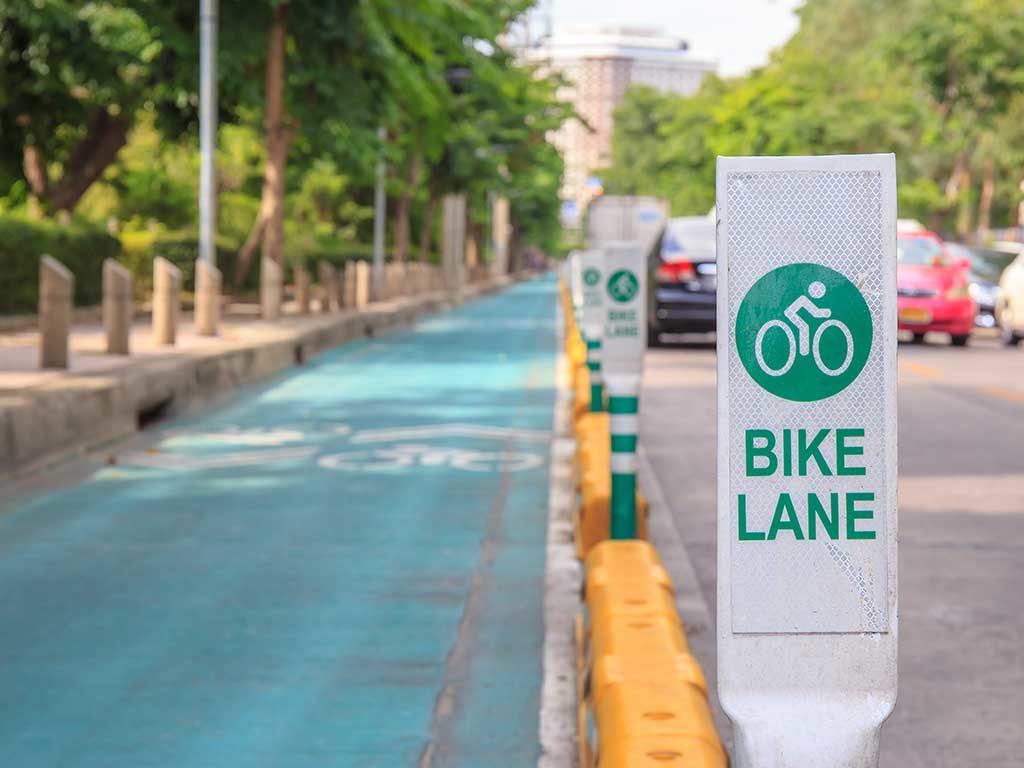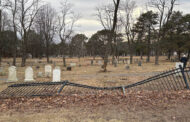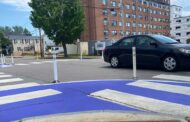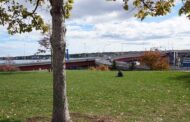By Cameron Autry

The first of its kind separated bike lane similar to that pictured above is proposed for Park Ave. © xwinggames / Adobe Stock
In June the City of Portland Public Works held a public meeting on a proposed separated bike lane for Park Avenue. It would be the first of its kind in Portland.
Project Engineer Jennifer Ladd unveiled several details about the project, including new lane designs, proposed changes to on-street parking, and city plans to implement and maintain the bike lane. The meeting was held at King Middle School on June 14th.
The design is intended to provide better bikeway connections between residential areas and downtown for all types of cyclists. Ladd noted that Park Avenue is a connector between downtown and several important arterial streets, such as Deering Avenue, Brighton Avenue, and Forest Avenue.
Moreover, the plan also aspires to make cyclists feel safer and more confident on the road. Drawing from a study conducted by Portland, Oregon, Ladd pointed out that 60% of residents defined their relationship with cycling as “interested but concerned,” highlighting safety issues as the most prominent worry with urban cycling.
LANE CHANGES
The project would reduce the number of vehicle travel lanes on Park Avenue from four to three, with one lane for each direction of traffic and a two-way turn lane in the middle. On-street parking would be moved outward from the curb to make space for a three foot caution lane marked by bollards, followed by a five foot protected bike lane. This plan mirrors projects implemented by other cities in New England, such as Cambridge and Burlington.
Ladd stressed that the project would not be a “State Street style” project with extensive detours and closures. Instead, it would largely be a paint project.
LOST & FOUND PARKING SPACES
Changes to on-street parking on Park Avenue would include a loss of ten nighttime parking spaces. However, there would be an addition of fifteen daytime spaces, and daytime parking would become available between State and High Street where parking is currently not allowed. There would be no changes to park time restrictions.
Public Works plans to regularly maintain the bike lane with street sweeping in the summer and plowing in the winter. However, the protective bollards would be removed during the winter to clear space for plowing.
OTHER CONCERNS
During the meeting several residents voiced concerns with the proposed project.
One resident asked why the bike lane wouldn’t be placed within Deering Oaks Park to avoid a loss of vehicle travel lanes, potentially snarling traffic along Park Avenue. Ladd responded that the City is currently considering such a bike lane, but that the “driver of the project is to specifically improve biking on Park Ave.”
Additionally, several residents raised concerns with a potentially ambiguous stretch of the proposed bike lane at the intersection of Deering Avenue and Park Avenue. The bike lane would sandwich cyclists traveling westward on Park Avenue between the forward vehicle lane and the right turn vehicle lane at the intersection, creating possible hurdles for cyclists turning right or left onto Deering Avenue as they would have to cross over the vehicle lane.
Ladd reassured the residents that the project follows standardized guidelines from the National Association of City Transportation, the Federal Highway Administration, and the Manual on Uniform Traffic Control Devices.
 Another resident stated that many cyclists already view Park Avenue as one of the safest roads for cycling in Portland, and then identified a stretch of outer Congress Street between St. John Street and I-295 as a more pressing concern for cyclists. Currently, this section of Congress Street is not fully covered by a bike lane.
Another resident stated that many cyclists already view Park Avenue as one of the safest roads for cycling in Portland, and then identified a stretch of outer Congress Street between St. John Street and I-295 as a more pressing concern for cyclists. Currently, this section of Congress Street is not fully covered by a bike lane.
Cameron Autry
Cameron holds a degree in English from UNC Wilmington. He enjoys traveling, writing, and speaking Spanish.





